Shadow IT is the use of software, devices, and other technology without the approval of an organization’s IT department. This is not necessarily done maliciously. But in any case, shadow IT presents a security threat.
Protecting against shadow IT use involves monitoring network traffic, conducting regular inventory audits, and monitoring cloud-based services.
Business-wide education is also important. All employees need to understand what shadow IT is, what’s wrong with it, and what they can do to prevent its use. This page will cover that in detail.
What is shadow IT?
Shadow IT refers to the use of information technology systems, services, and software by employees within an organization without the knowledge or approval of the organization's IT department.
Shadow IT examples include cloud services, mobile apps, and personal devices that employees use for work purposes but are not officially supported by the organization. Shadow IT can create security and compliance risks for organizations and can also lead to data silos and inefficiencies.
Some shadow IT use is purposely malicious. But oftentimes, employees use shadow IT devices out of ignorance.
Why do employees use shadow IT?
Employees may use shadow IT for a variety of reasons, including:
- Lack of awareness: Employees may not be aware that the use of certain systems or services is not approved by the organization.
- Lack of communication: Employees may not know what systems are approved by the organization and what are not.
- Difficulty in using the approved system: Employees may find the approved system difficult to use or not user-friendly.
- Convenience: Employees may use a personal device or cloud service that they are already familiar with to complete a task, rather than waiting for the IT department to provide access to an approved system.
- Lack of IT support: Employees may feel that their IT department is not responsive to their needs or that the systems provided by the IT department are not sufficient to meet said needs.
While the term might have a sinister connotation at first glance, the actual meaning of shadow IT is neutral. Employees may simply not understand the security risk they’re posing.
Employees may think shadow IT improves productivity and efficiency, but it creates security and compliance risks for their organization.
Shadow IT and security risks
Shadow IT can create a number of security risks for organizations, including:
- Data breaches: Employees may store sensitive data on unsecured systems or in unencrypted format, increasing the risk of data breaches.
- Compliance violations: Employees may use systems or services that do not comply with industry regulations or the organization's own security policies, putting the organization at risk of fines or penalties.
- Malware and cyber attacks: Employees may unknowingly download malware or fall victim to phishing attacks while using unapproved systems, putting the organization's network at risk.
- Lack of visibility: IT departments can't have an overview of all the IT systems and software used by employees, and they can't monitor or control access to sensitive data.
- Uncontrolled access: IT departments can't control who has access to sensitive data or set up proper access controls, increasing the risk of data breaches.
- Vulnerability: Unapproved systems and software may not be updated with the latest security patches, making them more vulnerable to attacks.
- Data silos: Data silos can form when employees use unapproved systems and software, making it difficult to share data or access critical information.
A business’s IT infrastructure is designed the way it is for a reason, and certain devices and software are unapproved for good reason as well. Managing shadow IT can be challenging. With this said, there are a number of strategies that MSPs can implement to reduce risk and improve visibility for their clients:
- Communication: Communicating with employees about the risks of shadow IT and the systems and services that are approved for use can help to reduce the number of employees who use unapproved systems.
- Education: Providing employees with training on security best practices, such as how to recognize phishing scams and how to securely store sensitive data, can help to reduce the risk of data breaches and other security incidents.
- IT asset management: Keeping an inventory of all the IT systems and software used by the organization can help to identify and manage shadow IT.
- Cloud access security broker (CASB) and endpoint security management software: These tools can help MSPs monitor and control access to cloud services, identify and block malicious traffic, and monitor for compliance violations.
- Monitoring and controlling data access: MSPs should monitor access to sensitive data and set up proper access controls to minimize the risk of data breaches.
- Providing alternatives: MSPs should provide alternative systems and software that are easy to use, and that meet the needs of employees, this can help to reduce the temptation to use unapproved systems.
- Governance: Establishing governance policies and procedures that clearly outline the acceptable use of IT systems and software can help to reduce the risk of shadow IT.
- Regular review: MSPs should regularly review the organization's IT environment to identify and address any new instances of shadow IT as soon as they arise.
Managing shadow technology requires a combination of communication, education, and technological solutions, along with governance policies and procedures that clearly outline the acceptable use of IT systems and software.
How to manage shadow IT
ConnectWise is here to help make sure your MSP offers the security protection your clients demand. To learn more about cybersecurity solutions for MSPs, check out our Cybersecurity Suite demo or talk to a cybersecurity expert today.
FAQs
How to stop shadow IT?
Stopping shadow IT entirely may not be possible, as employees may always find ways to use unapproved systems and services. However, there are steps organizations can take to reduce the risk and impact of shadow IT:
- Provide employees with the tools and resources they need
- Establish clear policies and procedures
- Monitor and control data access
- Regularly review the IT environment
- Provide alternatives
How bad is shadow IT?
Shadow IT can create a number of risks for organizations, including security risks, compliance violations, and inefficiencies.
What is a shadow IT policy?
A shadow IT policy is a set of guidelines and procedures that an organization puts in place to manage and control the use of technology and software that is not officially approved or supported by the IT department. In some cases, this is folded into a greater acceptable use policy.
The purpose of a shadow IT policy is to ensure that all technology and software used within an organization is secure, compliant with industry regulations, and aligned with the overall goals and objectives of the organization.
Who is responsible for identifying shadow IT?
The responsibility for identifying shadow IT typically falls on the MSP. They should be aware of the different types of technology and software that employees are using within the organization and monitor for any unapproved or unsanctioned usage.
Additionally, employees who are using unapproved software may also self-identify the use of shadow IT to the IT department or management. Regular audits and assessments should be conducted to discover and identify shadow IT solutions being used in an organization.








